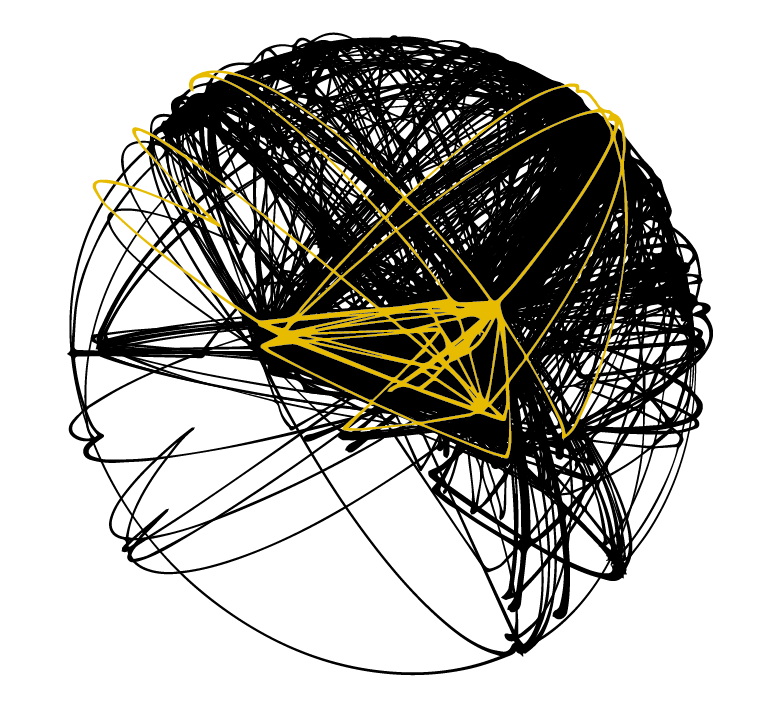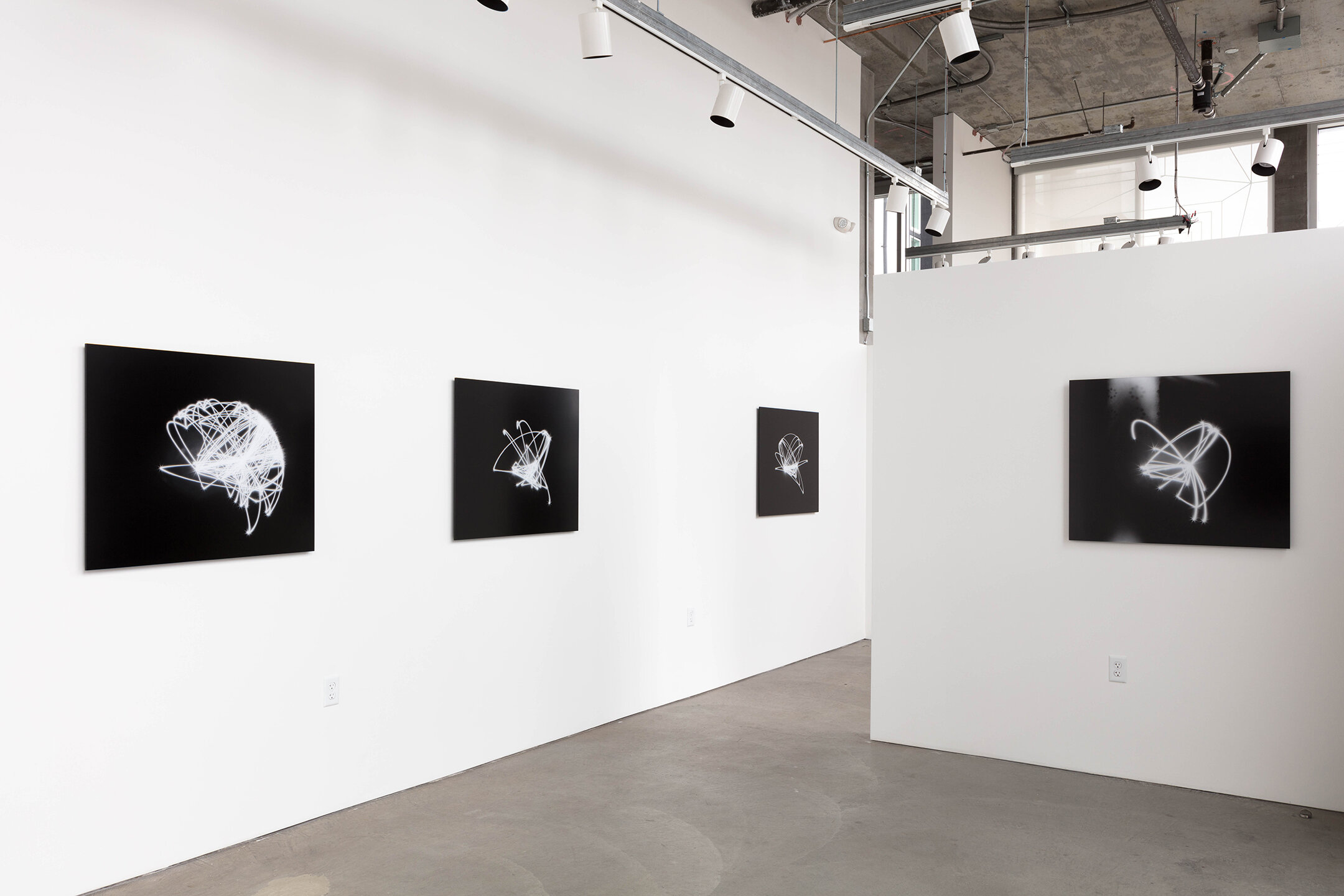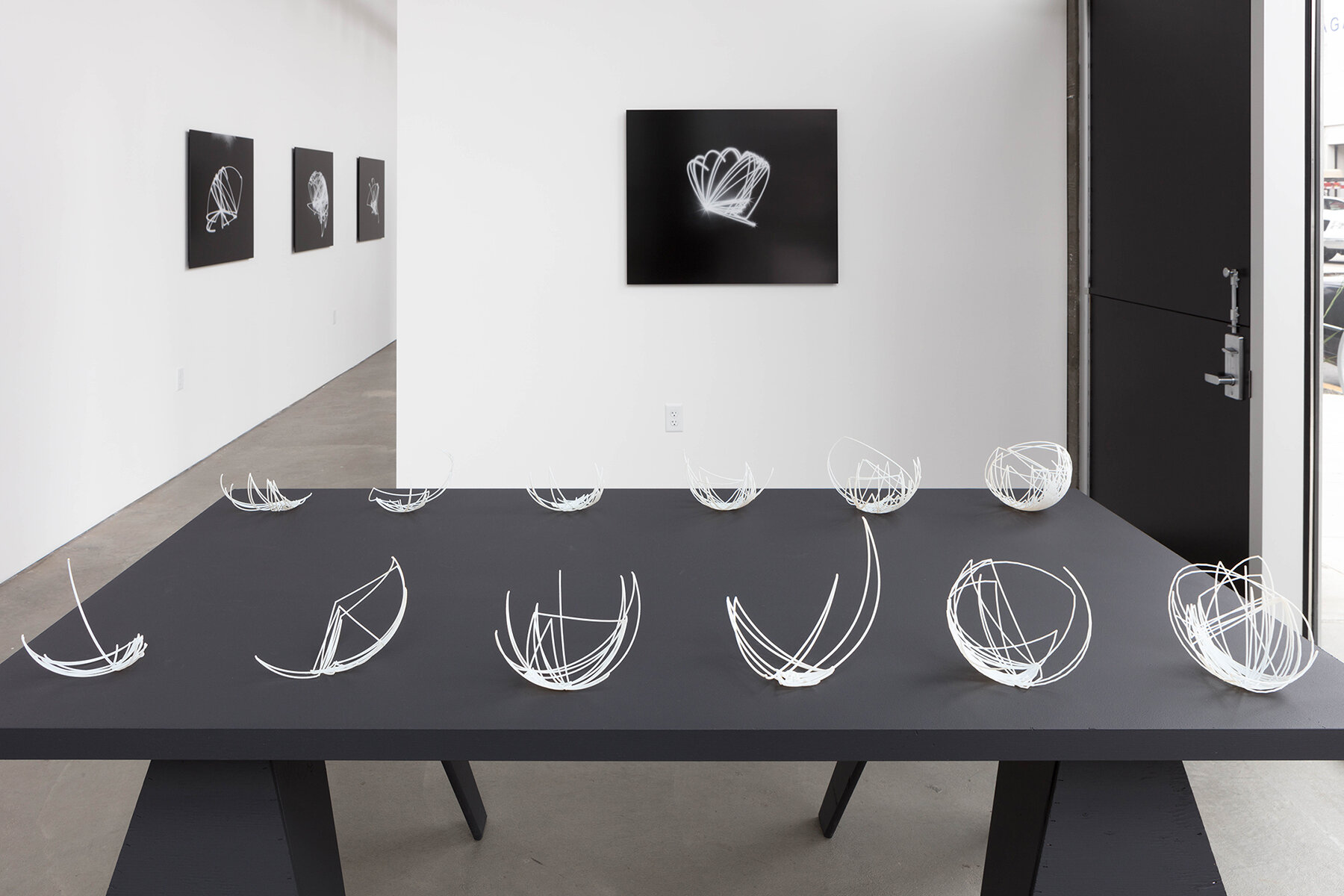Max Distance. Min Displacement.
Maximum Distance. Minimum Displacement. investigates the role systems play in the generation of form and specifically how the data drawn from a linguistic analysis of hip-hop reveal a layer of aesthetics that are music related yet non-musical.
Maximum Distance Minimum Displacement, investigates the role systems play in the generation of form; revealing a rich, representation of rap’s linguistic and cultural complexity through the application of computational analysis that draws out and re-constructs what is usually unseeable in the semantic structures of rap text corpora.
Works of art reveal the inter- and cross-sections of identity, language, culture, reading, writing and listening in the form of photography, 3D printed sculpture, video, installation, infographics, and animation. The exhibition will include a demonstration of “Mapper’s Delight,” Tahir's recent VR experiment in geolocational, temporal and three-dimensional analysis, that most readily informs and demonstrates the technical viability of “Rap Geometries.”
Maximum Distance Minimum Displacement is a survey of creative research Hemphill has undertaken over the past 10 years at the STUDIO for Creative Inquiry at Carnegie Mellon University, Autodesk Pier 9 Residency, Eyebeam Art + Technology, Spotify Media Artist Residency, The Hiphop Archive and Research Institute, at Harvard University, Rockefeller Bellagio Fellowship, NYU ITP Something in Residency, LACMA Art + Technology Center and as Education Chair at the Library of Congress.
As a complement to the exhibition, Hemphill will facilitate the Rap Research Lab. Founded in 2015, the Rap Research Lab is a community-based creative technology studio that empowers youth and educators to explore rap as a cultural indicator. With its community-developed curriculum and workshops, participants question how their own access to the language of rap music can provide insights and discoveries about global concerns like race, gender, economics, class, environment and education.


